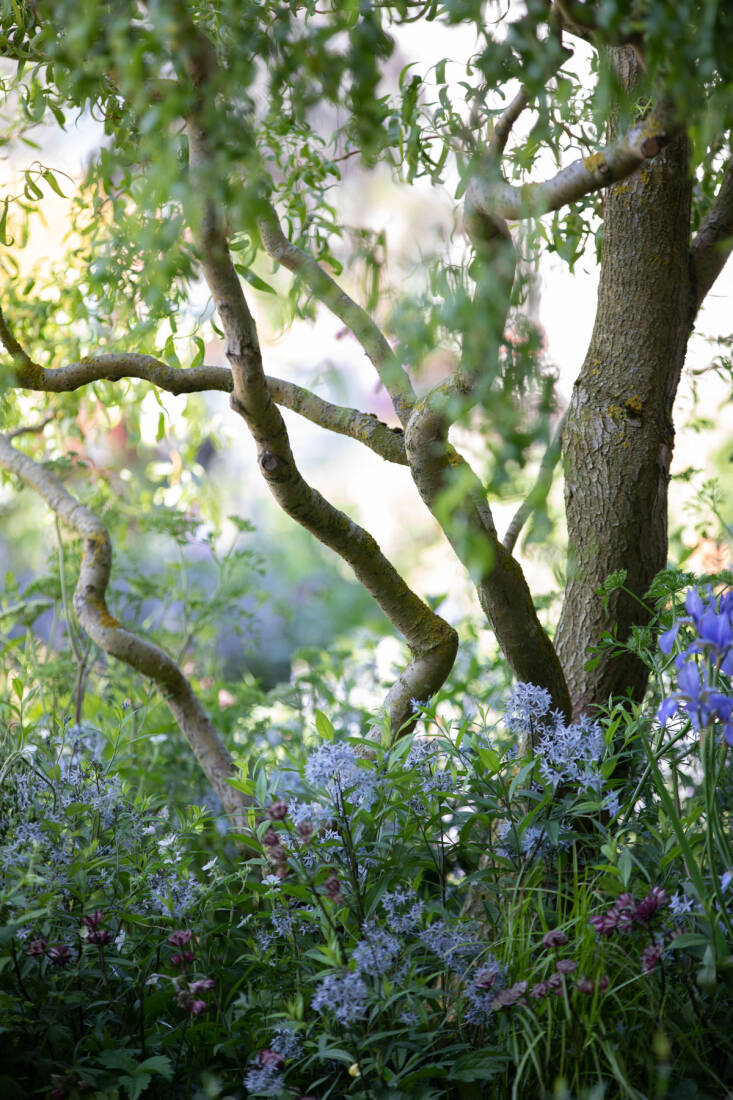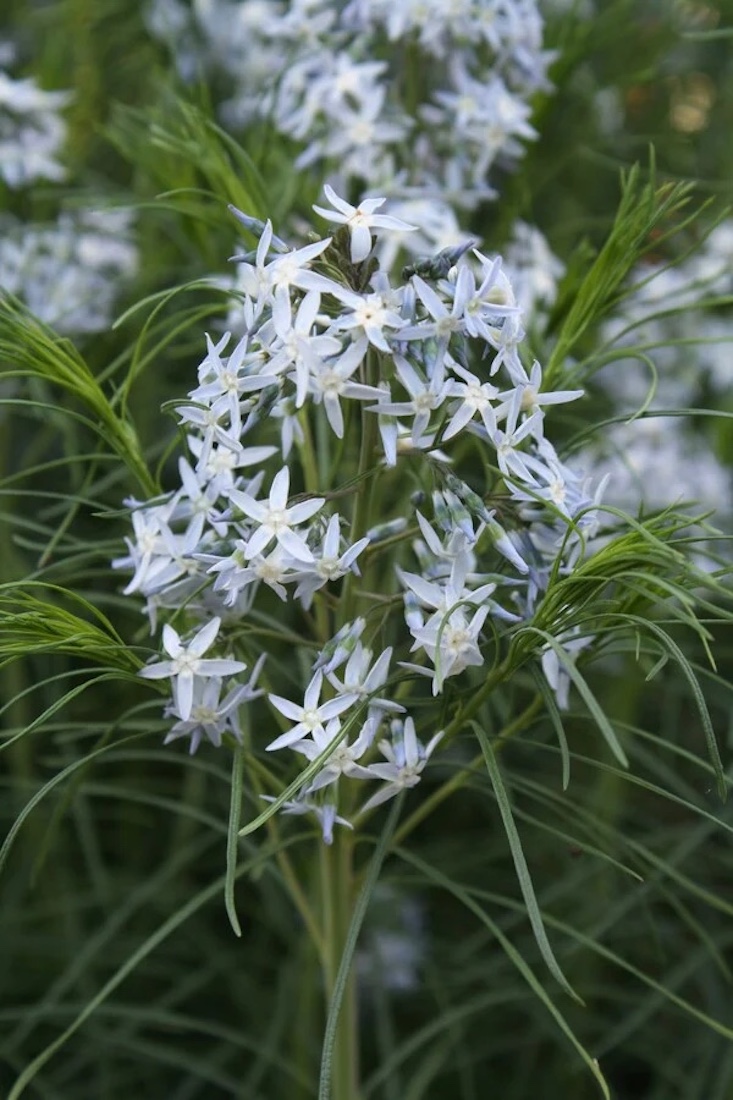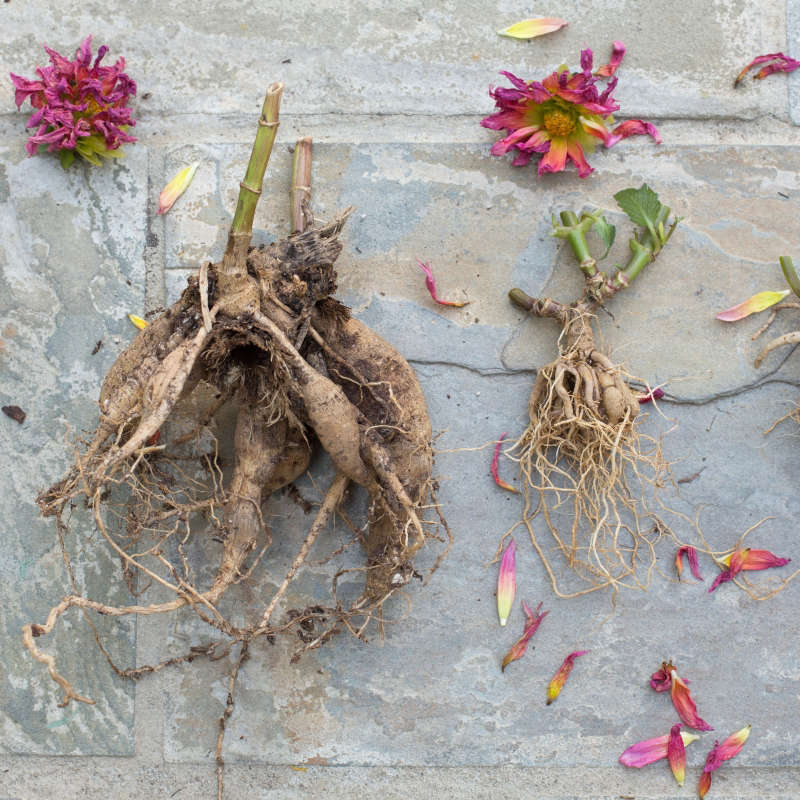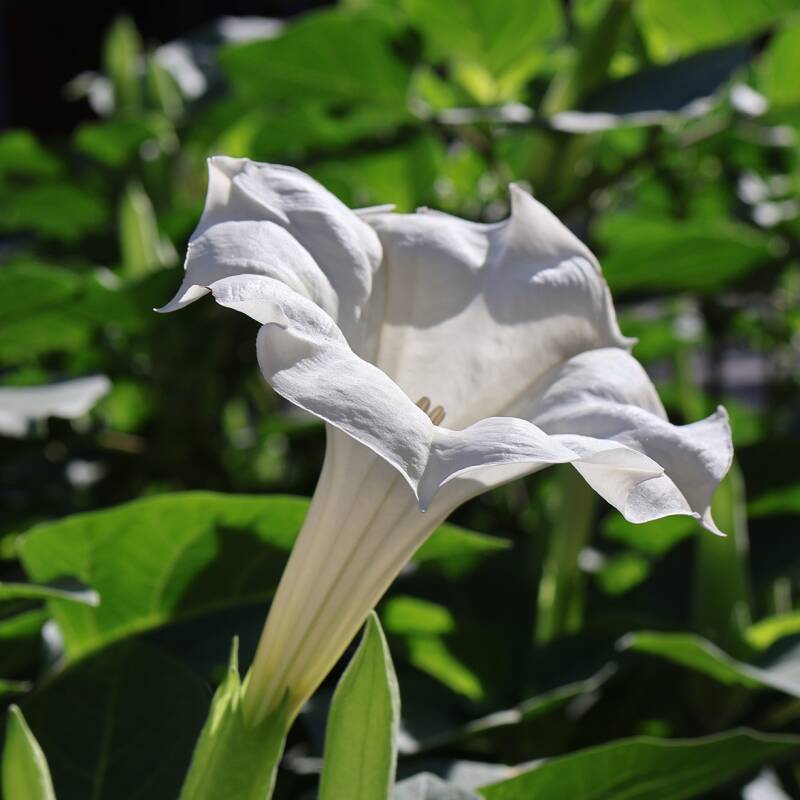Blue is a magical and rare color in nature. Yes, the sky is blue, and so are some seas (under the right conditions), but not many flowers are blue. In centuries past, painters made the color from crushing the semi-precious stone lapis lazuli and reserved it for only the most important works. Is it any wonder then that blue flowers are prized among gardeners?

Amsonia’s common name is bluestar (one look at the cluster of petite blue flowers that grace each stem and you’ll understand why). It is a native perennial in much of the US, with the exception of the Pacific Northwest and the upper Midwest. It is tolerant of a variety of conditions and is a host plant for the Coral Hairstreak, Mourning Cloak, and Snowberry Clearwing butterflies, as well as a food source for hawkmoths and hummingbirds. It also is one of the few true blue flowers.

Amsonia is an easy plant to grow and it is deer-resistant (it belongs to the dogbane family). Its latex sap is mildly toxic, which can cause a rash in sensitive people. Wearing gloves is a good idea when handling the plant. It is a very beautiful, graceful plant with few pests. While it would be a great addition to a native garden, it would be the literal star in a blue garden.
Cheat Sheet

- Grows to 24” to 36” tall and wide depending on the variety, forming neat shrub-like clumps.
- There are also dwarf cultivars, such as ‘Georgia Pancake’, a fringed bluestar that can be used as a groundcover.
- Most varieties are hardy in Zones 3 to 9, with some in the South hardy in zones 6 through 10.
- Blooms mid to late spring with star shaped flowers in loose clusters, that range from very pale blue to a lavender blue. There are even a few white varieties. The blooms last from four to six weeks.
- Has a variety of leaf shapes. Some examples: Amsonia tabernaemontana ‘Eastern bluestar’ has willow shaped leaves that in the fall turn a bright golden yellow, and Amsonia hubrichtii has fine feather shaped ones. Amsonia tabernaemontana var. illustris ‘Ozark bluestar’, meanwhile, has shiny leaves with wavy edges.
Keep It Alive

- Prefers a woodland setting with well drained soil rich in organic matter. If planting in clay or sandy soil, you will need to amend the soil with organic matter.
- Likes regular watering. While it can tolerate mild drought conditions once established, it will be far happier if it can get about one inch of water a week. And in warmer climates, it shares the same desire for afternoon shade with hydrangeas.
- Needs full sun for at least six hours, but will tolerate light shade. Lack of sun will cause it to become spindly.
- Does not need to be fertilized, but a layer of compost in the early spring will be appreciated.
- Dividing can be done in the fall and early spring, but the plant also self layers. If a bluestar stem contacts soil, it can root.
- Mainly disease- and pest-free with only rust being a rare issue.

See also:
- Fall Flowers: 8 Best Plants, to Move Beyond Mums
- Gardening 101: Blue Flax
- 8 Favorites: Blue Flowers for the Garden













Have a Question or Comment About This Post?
Join the conversation (0)